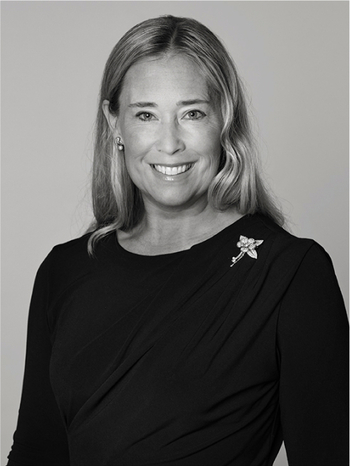Kesi, paneler, fyra stycken. Sen Qingdynasti.
Fyra paneler vävda med figurscener från Xiwangmu. Vi ser bland annat drottningmodern från väst komma flygandes på sin fenix ovan Sholao och de andra odödliga som är omgivna av uppassare som bär födelsegåvor till Xiwangmu. Vardera panel mäter 43x197cm. Lagda på röd sidenbakgrund. Mått med ram 50x214 cm.
Skador, slitage.
Proveniens
Property of a private collector.
Utställningar
Compare two kesi scrolls of similar design, one from the Palace Museum, Beijing, illustrated in Huang Nengfu, Chūgoku kinuorimono zenshi. Nanasennen no bi to waza. [Complete history of Chinese textiles. Skill of seven thousand years], Tokyo, 2015, pl. 9-122; the other from the Liaoning Provincial Museum, illustrated in Jinxiu luoyi qiao tianxia / Heavens' Embroidered Cloths. One Thousand Years of Chinese Textiles, Hong Kong Museum of Art, Hong Kong, 1995, cat. no. 119. Compare also a related example in the Nanjing Museum and with slightly different arrangements, illustrated in Huang Nengfu, op. cit., pl. 9-118.
Övrig information
Kesi weaving was widespread throughout the Qing dynasty, particularly during the Qianlong Emperor's reign. The textiles produced through kesi weaving were utilized as clothing, fans, screens, and scrolls. This particular kesi scroll depicts a group of immortals offering birthday felicitations to the Queen Mother of the West (Xiwangmu), symbolizing an auspicious blessing. Pieces like this could have been commissioned as birthday gifts for esteemed senior members of prominent families.





























































































